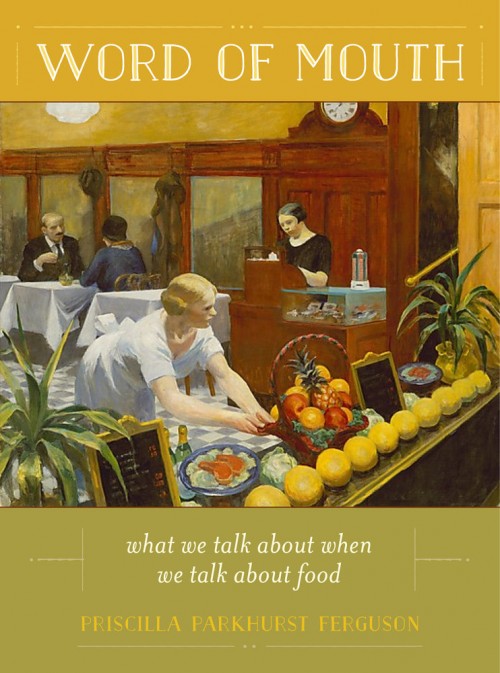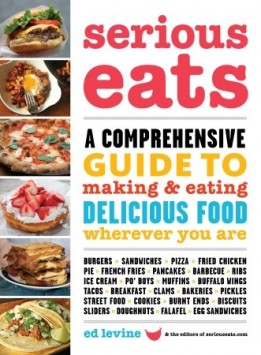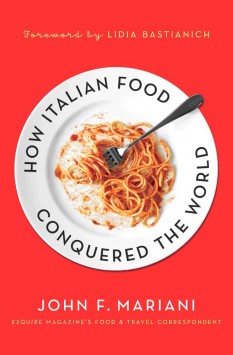Word of MouthWhat We Talk About When We Talk About Food
Today, more than ever, talking about food improves the eating of it. Where many works look at the production, preparation, and consumption of food, Word of Mouth captures the language that explains culinary practices.
Today, more than ever, talking about food improves the eating of it. Priscilla Parkhurst Ferguson argues that conversation can even trump consumption. Where many works look at the production, preparation, and consumption of food, Word of Mouth captures the language that explains culinary practices. Explanation is more than an elaboration here: how we talk about food says a great deal about the world around us and our place in it.
What does it mean, Ferguson asks, to cook and consume in a globalized culinary world subject to vertiginous change? Answers to this question demand a mastery of food talk in all its forms and applications. To prove its case, Word of Mouth draws on a broad range of cultural documents from interviews, cookbooks, and novels to comic strips, essays, and films.
Although the United States supplies the primary focus of Ferguson’s explorations, the French connection remains vital. American food culture comes of age in dialogue with French cuisine even as it strikes out on its own. In the twenty-first century, culinary modernity sets haute food against haute cuisine, creativity against convention, and the individual dish over the communal meal. Ferguson finds a new level of sophistication in what we thought that we already knew: the real pleasure in eating comes through knowing how to talk about it.
Priscilla Parkhurst Ferguson is Professor in the Department of Sociology at Columbia University. After publishing on French literary identity in Literary France: The Making of a Culture, she studied the urban culture of Paris in Paris as Revolution: Reading the Nineteenth-Century City. Her work on cuisine and food started with Accounting for Taste: The Triumph of French Cuisine and has moved into an ever more comparative perspective.
Ferguson makes sense of the confusing current restaurant scene. With engaging wit she reveals the tension between comfort and novelty, chefs and diners, informality and unpredictability. In the twenty-first century, restaurants have tossed away the old rule book of haute cuisine but they have also created a new and often mysterious set of expectations and experiences. Ferguson effectively cracks this new code.
—Paul Freedman, Yale University
What is that noise? In this impressive survey of the ever-increasing cacophony of food—from the movie theater to the bookshelf to the tables of the world’s best restaurants—Ferguson explores how the complex dialogue of social norms and identity wrapped up in the way we feed ourselves has changed as our food culture has evolved. We aren’t just what we eat, we are what the stories we tell about what we eat mean to oursleves and to others.
—Mitchell Davis, PhD, Executive Vice President, The James Beard Foundation











Leave a Reply